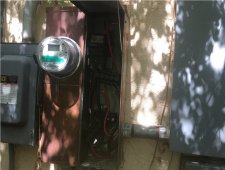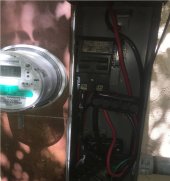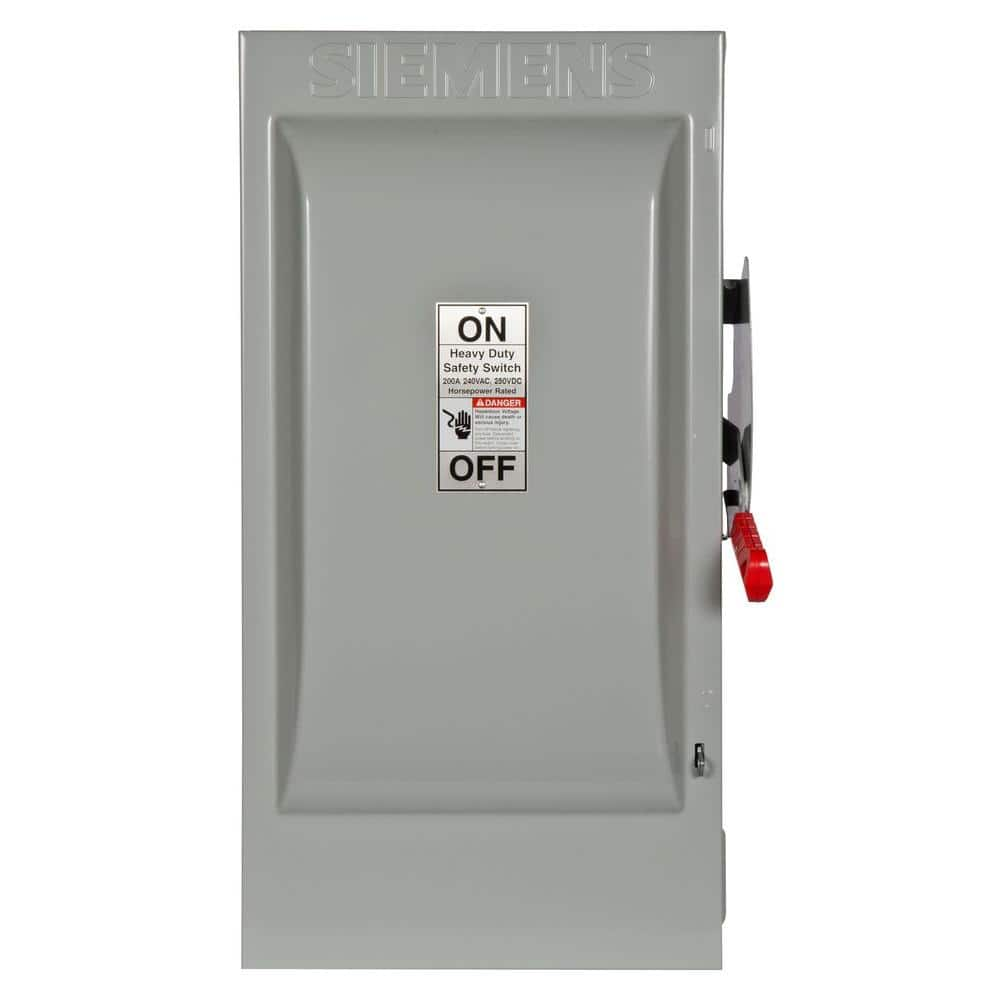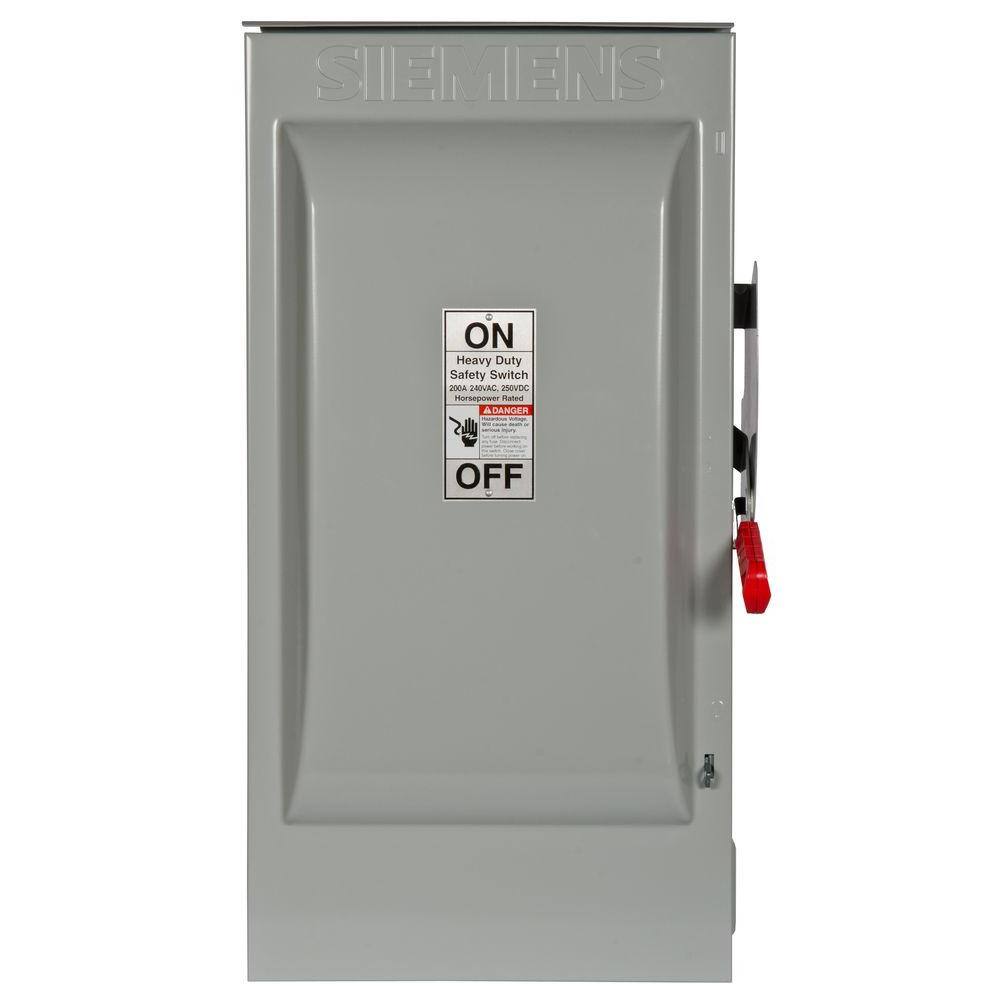Interesting discussion. For clarification, yes, I was referring to AC coupled PV input via the GEN port.
The reason I ask this is because it will be a while before my DC PV will be installed. But, I do have access to 300W-2000W of AC coupled PV and 15kWh of batteries almost immediately if I wanted to utilize the system to power something off grid. I wouldn't be too difficult to approximately match the loads to the AC coupled PV generation, and even run some of those loads off the batteries during no PV generation to keep the battery SoC low enough so there's plenty of buffer to dump excess AC coupled PV generation should the inverter need to do so.
Yes I realize this is a far from an ideal situation, and not the ideal use of this large inverter, but at least it could be put to SOME use fairly quickly, rather than just sitting in the box or hanging on the wall for months being unutilized. Reaching out to Sol-Ark for their recommendations before proceeding obviously is a must, I just wanted to get your thoughts before wasting their time if there was an obvious reason why this couldn't be done. I appreciate all the input!
The reason I ask this is because it will be a while before my DC PV will be installed. But, I do have access to 300W-2000W of AC coupled PV and 15kWh of batteries almost immediately if I wanted to utilize the system to power something off grid. I wouldn't be too difficult to approximately match the loads to the AC coupled PV generation, and even run some of those loads off the batteries during no PV generation to keep the battery SoC low enough so there's plenty of buffer to dump excess AC coupled PV generation should the inverter need to do so.
Yes I realize this is a far from an ideal situation, and not the ideal use of this large inverter, but at least it could be put to SOME use fairly quickly, rather than just sitting in the box or hanging on the wall for months being unutilized. Reaching out to Sol-Ark for their recommendations before proceeding obviously is a must, I just wanted to get your thoughts before wasting their time if there was an obvious reason why this couldn't be done. I appreciate all the input!






